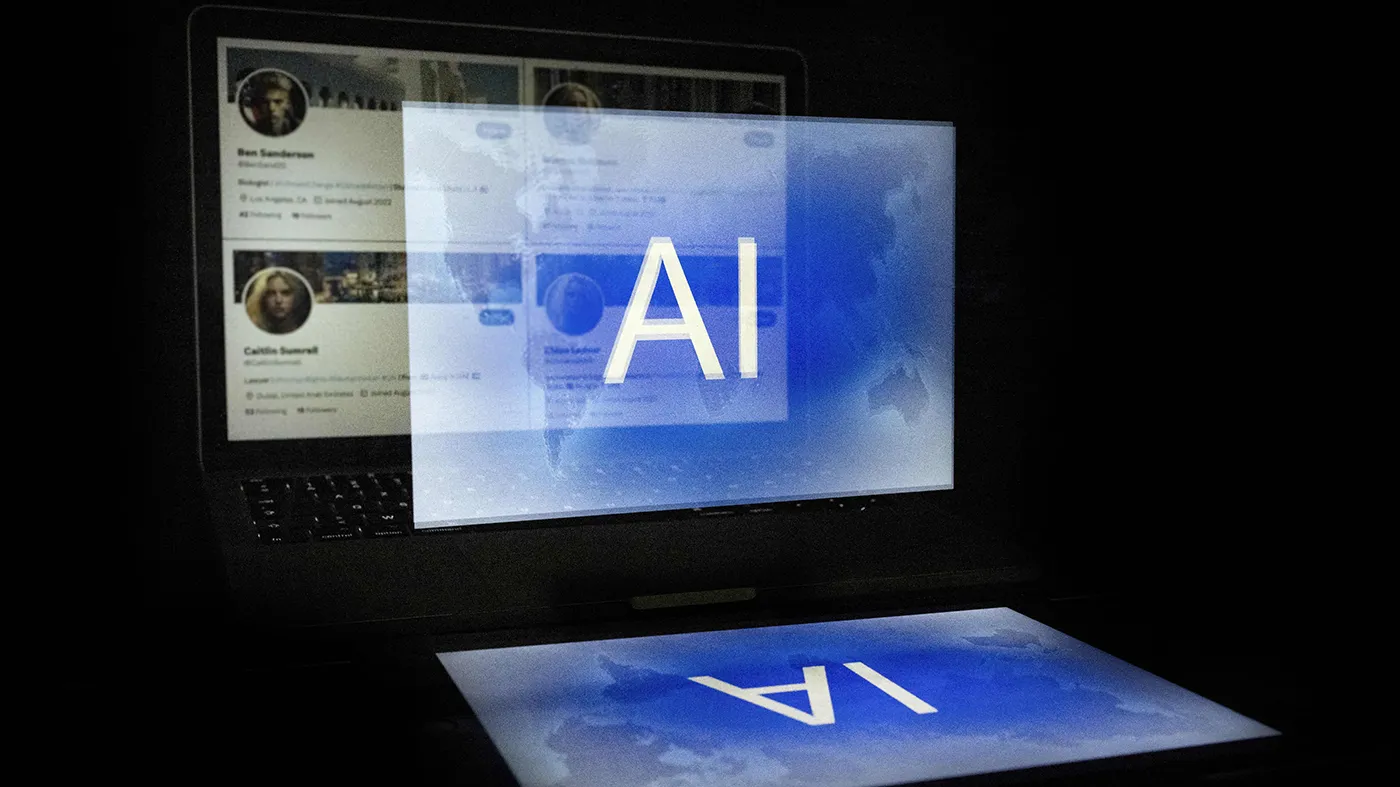This election season, Connected TV (CTV) advertising will play a crucial role, with political ad spending on CTV expected to surge by 506% compared to 2020. CTV will be essential not only for presidential candidates but also for down-ballot candidates.
The intersection between voter advertising and customer advertising is significant, with both benefiting from advanced targeting technologies to effectively reach and persuade critical audiences.
Advanced technology enables advertisers to target persuadable voters who are often missing from traditional voter files. By using real-time data on media consumption and online behavior, advertisers can create relevant and engaging messages.
AI, in particular, is revolutionizing voter targeting by analyzing large datasets to predict voter interests and behaviors, allowing for more precise and impactful campaign messaging on key issues.

AI-driven custom contextual targeting marks a major shift in political advertising. This technology processes data from various sources to identify trends and patterns, helping craft messages that resonate on pivotal issues like immigration and abortion.
Such precise targeting is particularly effective in digital spaces where traditional methods may falter, especially among younger voters who prefer dynamic and interactive content.
However, despite the advantages of CTV and AI, campaigns face challenges related to cost and inventory. The demand for precise targeting raises costs, and the limited availability of premium inventory on popular platforms complicates matters.
Data-driven strategies, such as conquesting—converting undecided or persuadable voters—are essential. These approaches enable campaigns to reach incremental audiences, particularly in battleground states, by filling gaps in outreach through comprehensive contextual data.
The potential of contextual advertising is emphasized in this complex landscape. By focusing on the context in which ads are seen, campaigns can enhance their impact and recall. This method moves beyond demographic targeting, aligning political messages with the content voters are already consuming without relying on identifiable information.
As the 2024 elections approach, the integration of CTV, AI, and contextual targeting will be vital for campaigns aiming to engage effectively with a fragmented electorate.
